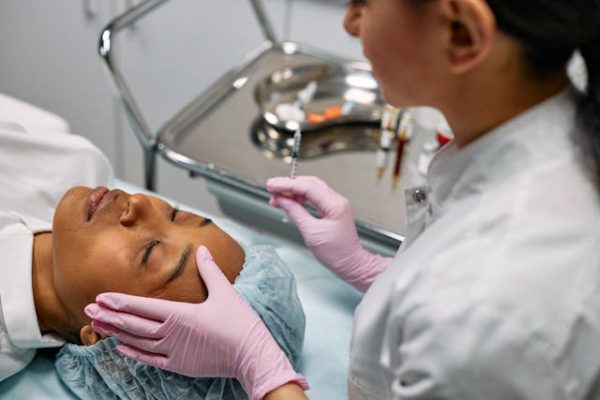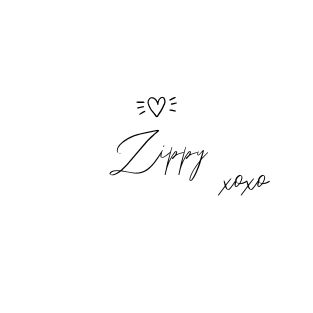
A recent scientific review, conducted by a team of international researchers from institutions such as Egas Moniz School of Health & Science and Karolinska Institutet, explored the effectiveness and safety of Poly-L-lactic acid (PLLA) in facial aesthetics. This comprehensive study analyzed data from randomized clinical trials over several years, assessing its impact on wrinkles, dermal health, and collagen stimulation. The findings confirm that this ingredient is not only effective but also provides long-lasting benefits for skin rejuvenation.
What is Poly-L-lactic Acid and How Does It Work?
Poly-L-lactic acid is a biodegradable and biocompatible substance that has been used in medical treatments for decades. Unlike traditional fillers that simply add volume, it acts as a collagen stimulator, encouraging the skin to regenerate its own support structure. The result? A natural-looking, progressive improvement in skin texture, firmness, and elasticity.
One notable product utilizing this technology is Olidia filler, an injectable dermal filler designed to restore lost facial volume by stimulating collagen production. Olidia injection is formulated with synthetic materials that have been widely used in medical devices such as dissolvable sutures for over 20 years. Because of its composition, no allergy testing is required prior to treatment, making it a convenient option for many patients.
The Benefits for Wrinkles and Aging Skin
The review analyzed multiple studies and found that PLLA significantly helps reduce wrinkles and restore lost volume in the face. Some of the key benefits include:
-
Long-lasting results: Effects can last up to 25 months, much longer than traditional hyaluronic acid fillers.
-
Improved skin quality: Studies reported increased dermal thickness and better skin hydration.
-
Collagen boost: Encourages natural collagen production, helping to maintain youthful skin over time.
-
Versatile applications: Used for facial wrinkles, nasolabial folds, and even overall facial contouring.
Is It Safe?
Like any cosmetic procedure, treatments with Poly-L-lactic acid come with some risks, but the majority of side effects are mild to moderate, including temporary redness, swelling, and minor nodules. The review noted that proper injection techniques and post-treatment massage significantly reduce these effects, making it a safe choice for facial rejuvenation.
The Takeaway for Aesthetic Clinicians and At-Home Beauty Practitioners
For aesthetic clinicians, this collagen stimulator provides a reliable and long-lasting option for patients looking to combat aging signs. For at-home beauty practitioners, it offers an alternative to short-term fillers, but proper education on technique and aftercare is crucial for safe and effective use.
With its ability to stimulate collagen, improve wrinkles, and enhance overall dermal health, this treatment is proving to be a game-changer in modern aesthetics. Whether you’re a professional or someone deeply invested in self-care, this innovative approach could be the key to achieving smoother, younger-looking skin!

